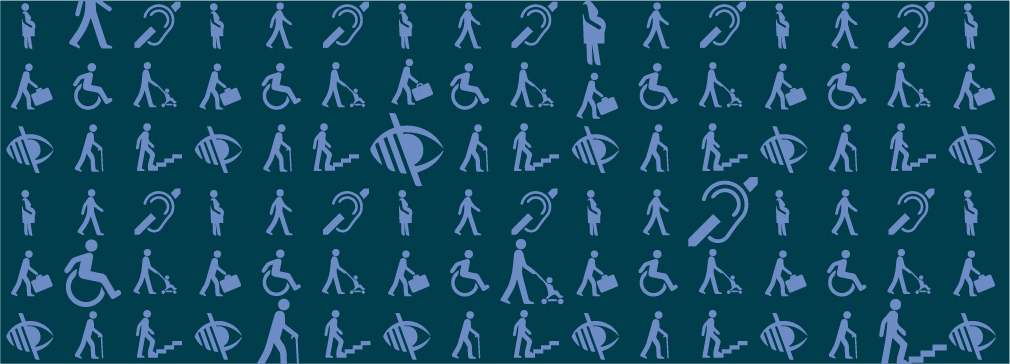The self-checkout counter. It’s a common sight in grocery stores across the nation. But what impact does it have on the design of a store and on the people who use it?

Teaming up with retail merchandising faculty Hye-Young Kim, architecture student Ryan Hansen seeks to answer this question in his honors thesis research. In this interview, Hansen discusses his research on the use of self-checkout counters, the impacts they have on customers, and the need for universal design when creating new technology.
Why did you decide to team up with our retail merchandising program for your thesis?
I’ve always wanted to apply social economics to architecture, not even necessarily in the space around us but in the numbers surrounding the space. I wanted to understand how inputs affect the final output of the space that surrounds it. Working with retail merchandising also helps me better understand how a retail space is viewed all the way from top designers to the actual people that are shopping there.
Where did the idea for your honors thesis originate?
My honors thesis started with a question I had on Japanese retail design. In Japan they have a very automated society, for instance, they have the most vending machines per capita in the world. As I was researching this I started to question why Japan’s society is so automated and what that means for America and American retail spaces. As we move from human-based interactions in retail to no interaction at all, how does that impact the psychology and economics of everyday use?
This line of questioning evolved into researching what the self-checkout line means for our cities and the people in our cities. Working with my advisor and my classmates I focused on St. Paul and particularly Lunds and Byerly’s in St. Paul. I decided to research what a self-checkout counter means for clerks, for space, and, even more specifically, what it means for individuals with disabilities.
Why specifically individuals with disabilities?
In the School of Architecture, they really emphasize recognizing our own biases. I’ve never particularly liked the self-checkout counter and when I talked to my thesis advisor, who is partially blind, I really started to recognize that there are a lot of people who don’t fit into the mold that this machine tells us we should fit into. That’s especially apparent when talking to store clerks. They always notice the problems that arise from the one size fits all nature of these machines and the psychological toll it takes on people. Focusing on people with disabilities and how self-checkout counters and new automated processes impact people is something that needs to be researched.
Is there a lot of research out there on automation in retail spaces?
What I’ve come across is that this technology is so new that people are either excited that it’s happening or nervous that it’s happening, but they aren’t actually analyzing what it means for people and design. I think that people are assuming that everyone will automatically know how to use this technology, but I don’t think that’s true.
Once you finish your thesis, what would you like to see happen?
In a perfect world, I’d love to see Lunds and other stores put my research to use. As a designer, I love to see things happen in the real world because most of our stuff is left on paper or in a presentation. It would be cool to see this research realized.
Universal design is the practice of designing an environment in such a way that it is accessible and usable by the greatest number of people possible, no matter their age, cultural background, or ability.
The scarcity of N95 masks has occupied headlines and the minds of the public since the outbreak of COVID-19—hoarders of the masks have been busted, stockpiles have been donated, and several alternatives have been developed.
Over the past decade, the retail landscape has changed dramatically. Consumers can now shop for anything, anytime, anywhere, all from their smartphones.





